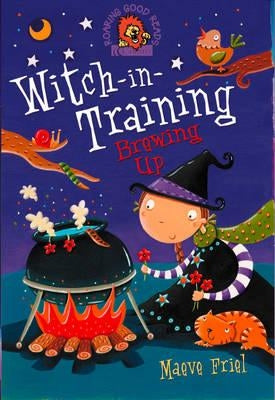Description
About Sun Tzu The earliest known work on military strategy and war, The Art of War consists of 13 short chapters attributed to a man named Sun Tzu, also known as Sun Tzi or Sun Wu. Little is known about the man, but he is widely believed to have been an accomplished general when he wrote the text. It emphasizes surprise and deception, with lines like "When capable, feign incapacity; when active, inactivity." The Art of War became known in Europe in the 18th century, and something of a manual for U.S. military strategists in the 20th century, when it was popularized by Henry Kissinger, among others. When Lionel Giles began his translation of Sun Tzu's ART OF WAR, the work was virtually unknown in Europe. Its introduction to Europe began in 1782 when a French Jesuit Father living in China, Joseph Amiot, acquired a copy of it, and translated it into French. It was not a good translation because, according to Dr. Giles, " I]t contains a great deal that Sun Tzu did not write, and very little indeed of what he did." The first translation into English was published in 1905 in Tokyo by Capt. E. F. Calthrop, R.F.A. However, this translation is, in the words of Dr. Giles, "excessively bad." He goes further in this criticism: "It is not merely a question of downright blunders, from which none can hope to be wholly exempt. Omissions were frequent; hard passages were willfully distorted or slurred over. Such offenses are less pardonable. They would not be tolerated in any edition of a Latin or Greek classic, and a similar standard of honesty ought to be insisted upon in translations from Chinese." In 1908 a new edition of Capt. Calthrop's translation was published in London. It was an improvement on the first - omissions filled up and numerous mistakes corrected - but new errors were created in the process. Dr. Giles, in justifying his translation, wrote: "It was not undertaken out of any inflated estimate of my own powers; but I could not help feeling that Sun Tzu deserved a better fate than had befallen him, and I knew that, at any rate, I could hardly fail to improve on the work of my predecessors." Clearly, Dr. Giles' work established much of the groundwork for the work of later translators who published their own editions. Of the later editions of the ART OF WAR I have examined; two feature Giles' edited translation and notes, the other two present the same basic information from the ancient Chinese commentators found in the Giles edition. Of these four, Giles' 1910 edition is the most scholarly and presents the reader an incredible amount of information concerning Sun Tzu's text, much more than any other translation.





















































